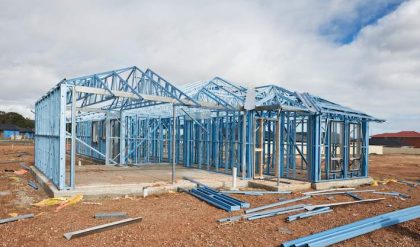
Structural Engineering is concerned with the research, planning, design, construction, inspection, monitoring, maintenance, rehabilitation and demolition of permanent and temporary structures, as well as structural systems and their components. It also considers the technical, economic, environmental, aesthetic and social aspects of structures.
Structures can include buildings, bridges, in-ground structures, footings, frameworks and space frames, including those for motor vehicles, space vehicles, ships, aeroplanes and cranes. They can be composed of any structural material including composites and novel materials.
Structural engineering is a creative profession that makes a significant contribution to infrastructure, industry, as well as residential and recreational developments.
Structural engineers carry out strength calculations and prepare drawings of structures to ensure they are strong enough to avoid collapse when loaded. The most common structures dealt with are buildings and bridges, but tunnels, walls to hold back earth embankments, large tanks and silos as well as mining structures, also form part of a structural engineer’s work. Specialist areas include oil drilling platforms and associated infrastructure, shipbuilding and aircraft design.
Structural engineers generally work in teams and look at the way a structure is to be built. They ensure buildings are strong enough to withstand natural forces and loads imposed by the nature of its use. Through research and the testing of both form and material, new solutions are developed which promote safer, more environmentally friendly buildings and structures.
Some structural engineers work in the design of structures (carrying out the strength calculations and supervising drawings), others specialise in the building of structures and some work in research. Structural engineers commonly work with architects, builders, mechanical, electrical and chemical engineers to ensure that all parts of the structure are safe and capable of fulfilling their intended function. They also make sure structures use appropriate materials efficiently.


Comments are closed.